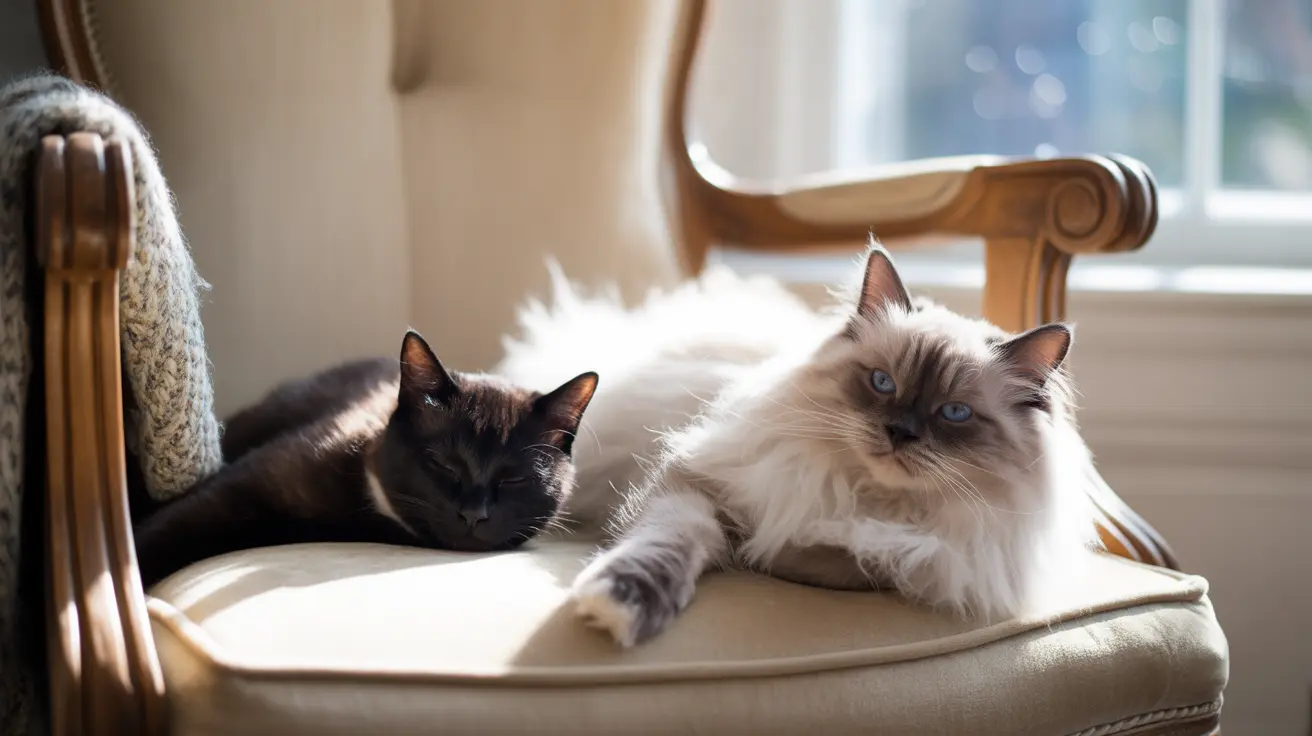The Truth About Male Cat Relationships
Contrary to popular belief, male cats can develop deep friendships and live together peacefully. The key factor isn't gender but rather individual personality traits and proper management of their environment. Neutered males, in particular, often form strong social bonds and can become inseparable companions.
Research shows that neutered male cats typically display less territorial behavior and aggression compared to their intact counterparts, making them excellent candidates for multi-cat households.
Critical Factors for Male Cat Compatibility
Neutering Makes a Difference
The single most important factor in male cat compatibility is neutering. This medical procedure significantly reduces testosterone levels, which in turn decreases aggressive and territorial behaviors. Experts recommend neutering cats before they reach sexual maturity for the best social outcomes.
Age and Introduction Timing
Young cats and kittens generally adapt more easily to new companions. When introducing a new male cat, consider age dynamics:
- Kittens (under 6 months) usually integrate smoothly
- Young adults (6 months to 2 years) can adapt well with proper introduction
- Adult cats may need more time and patience during the introduction process
Creating a Harmonious Environment
Success in male cat relationships often depends on environmental factors. Essential elements include:
- Multiple feeding stations
- Several litter boxes (generally one more than the number of cats)
- Various resting and hiding spots
- Multiple scratching posts and climbing areas
- Separate water sources
Signs of Positive Male Cat Relationships
Watch for these encouraging behaviors that indicate your male cats are getting along:
- Mutual grooming (allogrooming)
- Sleeping or resting together
- Playful wrestling without aggression
- Sharing favorite spots
- Eating near each other comfortably
Managing Challenges and Conflicts
Even in the best situations, conflicts can arise. Common challenges include:
- Resource competition
- Territory disputes
- Stress-related behaviors
- Changes in household dynamics
Address these issues promptly through environmental modification, behavioral intervention, or consultation with a veterinary behaviorist when necessary.
Frequently Asked Questions
Do male cats get along better if they are both neutered?
Yes, neutered male cats typically get along much better than intact males. Neutering reduces testosterone-driven behaviors like territorial marking and aggression, making peaceful coexistence more likely.
How can I introduce two male cats to ensure they live harmoniously?
Use a gradual introduction process: Start with separate rooms, then progress to scent swapping, visual contact through a barrier, supervised interactions, and finally full integration. This process can take several weeks to months.
What role does temperament play in male cats getting along?
Temperament is crucial in determining compatibility between male cats. Cats with similar energy levels and social styles typically get along better. Personality matching is often more important than gender in predicting successful relationships.
Can an older male cat accept and bond with a younger male kitten?
Yes, older male cats often accept kittens more easily than adult cats. Many adult males even take on a mentoring role, helping to teach social skills and boundaries to younger cats.
Why do some male cats show aggression toward other males even if neutered?
Aggression between neutered males usually stems from resource competition, territorial instincts, or past negative experiences rather than hormonal factors. Proper environmental management and gradual introductions can help minimize these issues.
Conclusion
Male cats can absolutely get along and even become best friends under the right circumstances. Success depends on proper neutering, thoughtful introductions, and creating an enriched environment that supports multiple cats. With patience and understanding of feline social dynamics, you can foster positive relationships between your male cats and create a peaceful multi-cat household.






